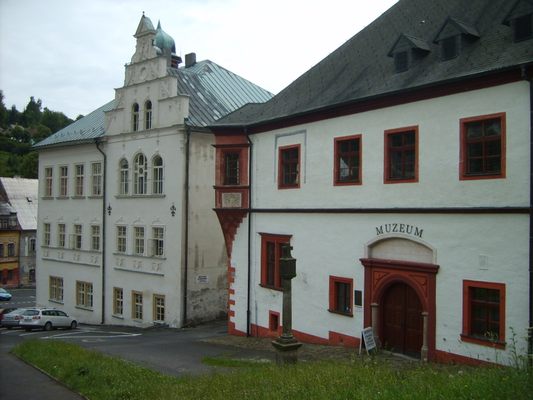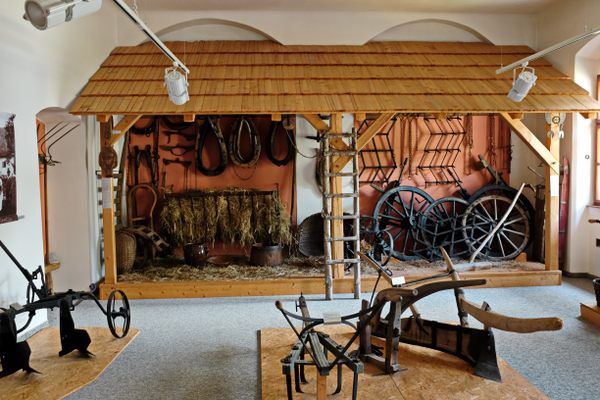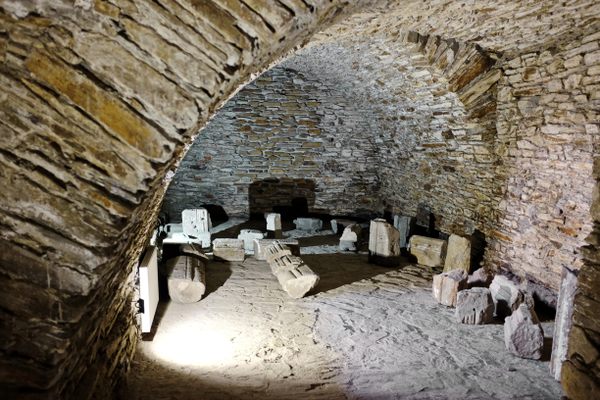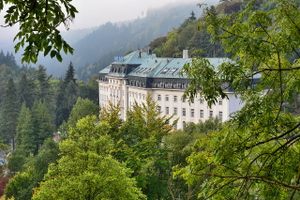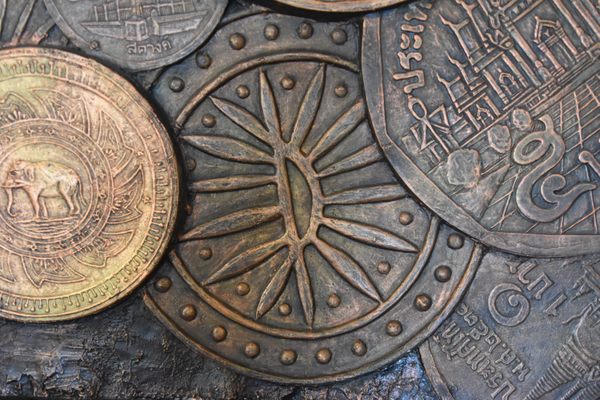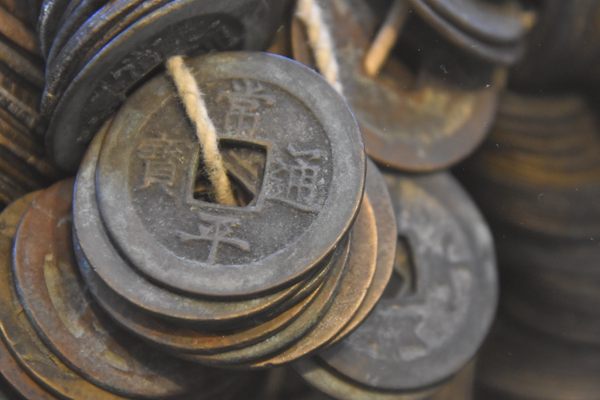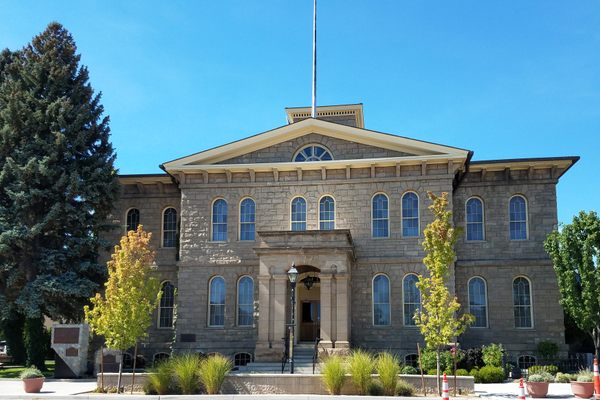About
The word "dollar" derives from the former German currency thaler, which in turn comes from Joachimsthaler, a large silver coin from the 16th century. It was originally minted in the Bohemian town of Joachimsthal, known today as Jáchymov.
Located in an ore-rich area in the mountains, the town of Jáchymov was founded in 1516, the same year its silver mines opened. The silver coins were first minted two years later. The property purchased to establish the mint stood adjacent to the house of Jeroným Šlik, a local nobleman and the brother of the town's founder. The Šlik family flourished from the mining and minting, until the silver mines declined and the mint's operation ceased in 1671.
Later on, more ores were extracted from the mines, including nickel, bismuth, and uranium. At the end of the 19th century, the famous Marie Curie herself also visited the town, and it was from the uraninite ore from Jáchymov that she discovered the new element radium.
The Jáchymov Museum was founded in 1923, and relocated to the current building in 1964. It dates back to 1536, when the old mint was renovated, built in Renaissance style. It was severely damaged by a fire in 1538, but promptly restored. After the close of the silver mines, it was used for several purposes such as a mining school, the metallurgical administration office and the headquarters of the Jáchymov Mines. The museum exhibits the local history and the process of mining, as well as a collection of locally-produced minerals.
Related Tags
Community Contributors
Added By
Published
May 21, 2020
Sources
- https://www.karlovyvary.cz/en/museum-jachymov-0
- https://www.outdooractive.com/en/poi/karlovy-vary/royal-mint-historic-centre-jachymov/26957935/
- https://www.dictionary.com/e/dollar-joachimsthaler-origin/
- https://www.money.org/collector/ian-fenn/blog/tag/dollar
- https://www.cointalk.com/threads/joachimsthaler-thaler-minting-history-and-evolution.91922/

